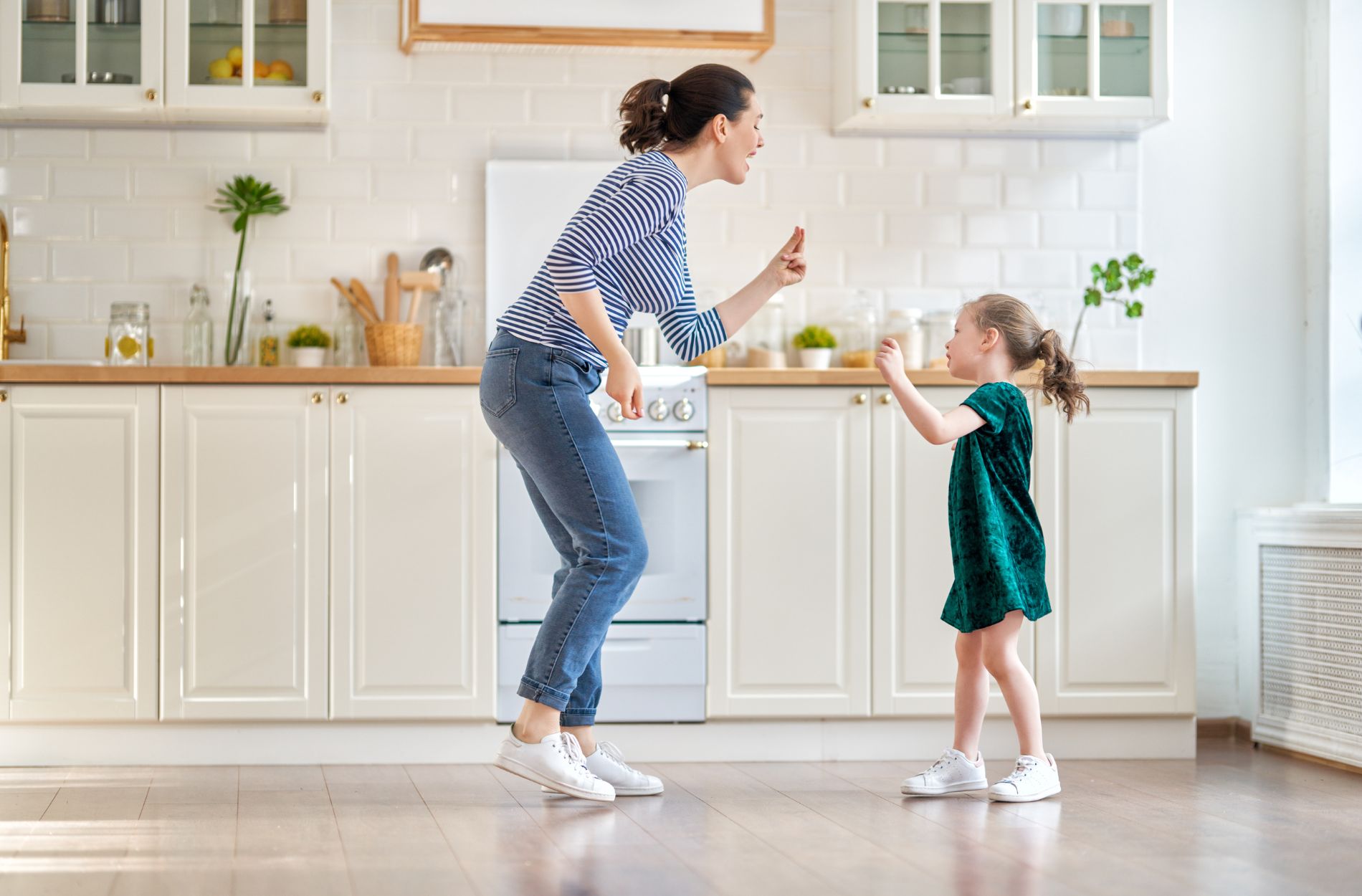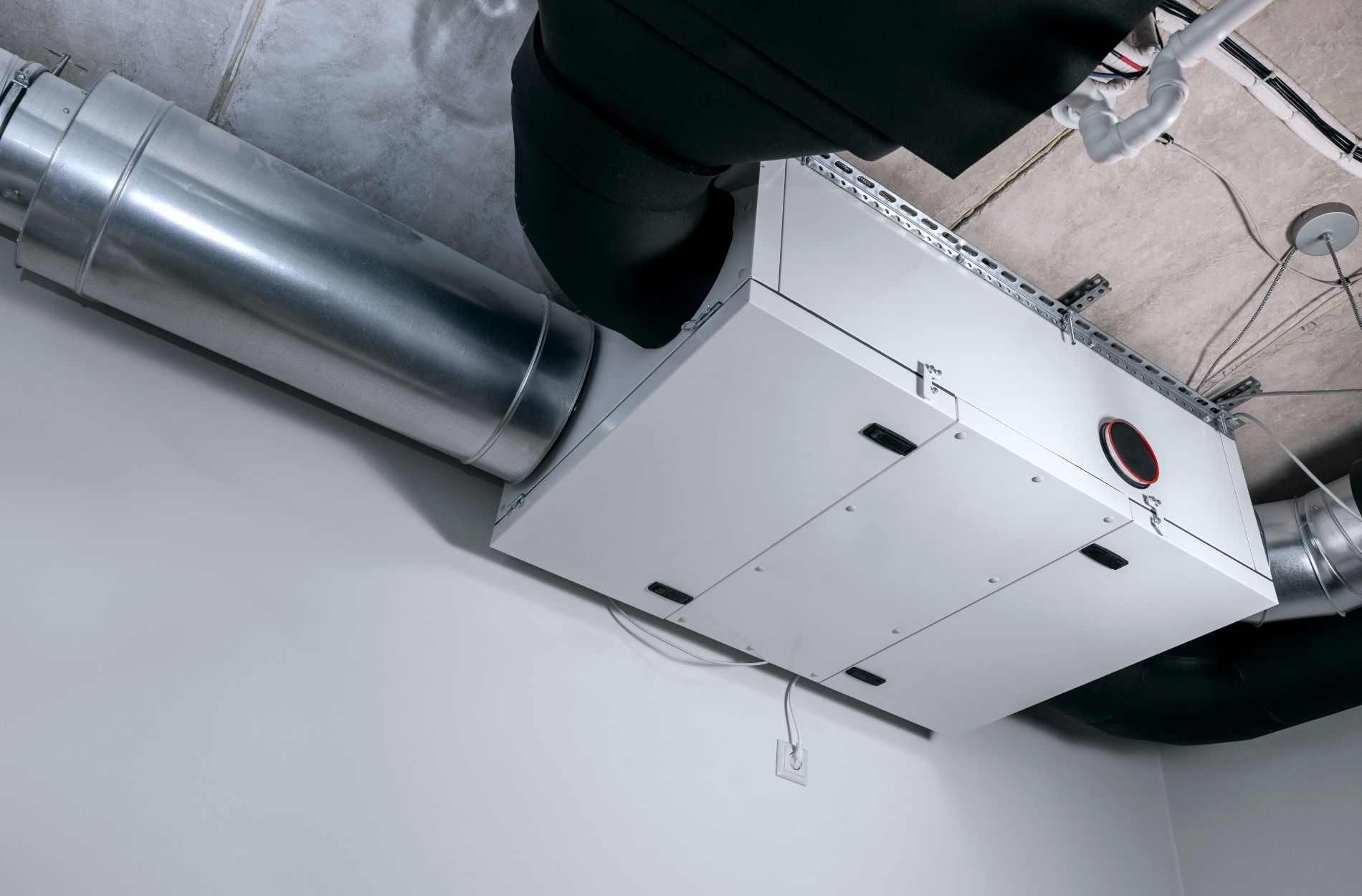As more emphasis is placed on energy efficiency and creating healthier indoor environments, heat recovery ventilation (HRV) systems have emerged as a vital solution for residential, new construction, and light commercial buildings. HRV systems enhance indoor air quality and comfort by providing fresh, filtered air, promoting energy efficiency, and reducing the need for traditional heating and cooling systems.
Heat recovery ventilation works by exchanging stale indoor air with fresh outdoor air while retaining energy typically lost in the process. This leads to improved air quality, reduced energy consumption, and greater comfort for building occupants. HRV systems are particularly beneficial in modern, well-insulated buildings that may have limited natural ventilation, leading to issues such as poor air quality, mold growth, and allergen buildup.
Continue reading as we delve into the benefits of HRV systems and their importance in promoting a healthy, comfortable indoor environment. We will also discuss the essential factors to consider when selecting an HRV system for your needs and how our professionals can help ensure proper installation and maintenance for a well-functioning, energy-efficient ventilation solution in your residential, new construction, or light commercial property.
1. Key Benefits of Heat Recovery Ventilation Systems
HRV systems offer several advantages that contribute to a healthy, comfortable, and energy-efficient indoor environment:
- Improved Indoor Air Quality: By continuously exchanging stale indoor air with fresh outdoor air, HRV systems significantly reduce indoor pollutants, allergens, and humidity, resulting in a cleaner and healthier environment.
- Enhanced Energy Efficiency: HRV systems recover heat from the exhausted air, transferring it to the incoming fresh air, and reducing the workload of your heating and cooling systems. This energy recovery process leads to lower energy consumption and utility costs.
- Comfort: HRV systems help maintain a consistent and comfortable indoor temperature by regulating the humidity and avoiding the buildup of stale air.
- Mold and Condensation Prevention: Excessive moisture can lead to mold growth and condensation on windows or walls. By regulating humidity levels, HRV systems help prevent these issues and protect the structural integrity of your property.
2. Factors to Consider When Selecting an HRV System
Choosing the right HRV system for your residential, new construction, or light commercial property requires considering several essential factors:
- Building Size and Layout: The system you select should correspond with the square footage and layout of your property to ensure effective ventilation and optimal energy recovery.
- Climate: Different HRV systems may have varying performance and efficiency in different climates. Understand the specific challenges of your location, and select a system designed to handle those conditions.
- Airflow Rate and Heat Recovery Efficiency: These specifications indicate the system’s capacity to ventilate your building and recuperate heat energy, respectively. Consult with our professionals to identify the most appropriate airflow rate and heat recovery efficiency for your needs.
- Noise Level: HRV system noise levels vary, so consider the noise tolerance of building occupants when selecting a unit. Our professionals can help you navigate noise considerations to find a suitable system for your property.
3. Professional Installation and Maintenance of HRV Systems
To ensure optimal performance, it’s crucial to rely on our experienced professionals for the installation and maintenance of your HRV system:
- Proper Installation: Our technicians are equipped with the necessary knowledge and expertise to properly size, design, and install HRV systems, ensuring maximum efficiency and performance.
- Balancing and Commissioning: It is essential to correctly balance the airflows in an HRV system, as improper balancing can lead to energy inefficiencies and poor indoor air quality. Our professionals will ensure adequate balancing, commissioning, and adjustment of your system.
- Routine Maintenance: Regular maintenance is crucial for maintaining the efficiency and longevity of your HRV system. Our technicians can perform essential tasks like cleaning vents, inspecting heat exchangers, and changing filters so that your system remains in top condition.
4. Upgrading and Retrofitting Existing Ventilation Systems
In some cases, it may be possible to upgrade an existing traditional ventilation system to improve energy efficiency and indoor air quality with HRV capabilities:
- Retrofitting: If your building has an existing mechanical ventilation system, our professionals can assess its compatibility with HRV components and perform a retrofit, transforming it into a heat recovery ventilation system.
- System Upgrades: For properties with outdated or poorly performing HRV systems, consider upgrading to a newer, more efficient model. Consult our experts to help you identify the benefits and feasibility of an upgrade.
Conclusion
Heat recovery ventilation systems in Brush Prairie, WA, offer significant benefits for residential, new construction, and light commercial buildings, including improved indoor air quality, energy efficiency, and comfort. By considering the key factors when selecting an HRV system and relying on our experienced HVAC contractors at Home Energy Group Inc for proper installation and maintenance, you can unlock the potential of HRV technology and create a healthy, comfortable indoor environment in your property. Contact us today to get started.








